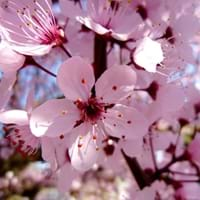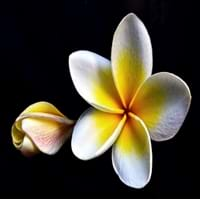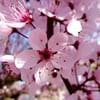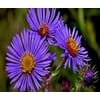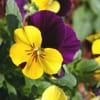Color
Pink, White, Yellow
Orange, Pink, White, Yellow
Color Meaning
Pink - Sensitivity and Love, White - Purity and Innocence, Yellow - Happiness and Friendship
Orange - Satisfaction and Passion, Pink - Sensitivity and Love, White - Purity and Innocence, Yellow - Happiness and Friendship
Line
Not Available
Not Available
Silhouette
Not Available
Not Available
Blossom Texture
Not Available
Not Available
Form
Not Available
Not Available
Sunlight
Full Sun
Full Sun
Watering
Enough
Diligently
Type of Soil
Well-drained
Well-drained
Essential Fertilizers
Lime stone, Sulphur
Phosphorus
Common Pests and Diseases
List of Pests
Aphids, Japanese beetles, Mites, moths, Scale, Slugs, Snails
Mealybugs, Scale, Slugs, Snails, Spider Mites, Thrips
List of Diseases
Bacterial leaf spot or blast, blight, Downy mildew, Powdery Mildew, Wilt
Gray Molds, Powdery Mildew, Rust, Stem Rot
Bloom Time
All Summer Season
All Summer Season, Fall Season
Origin
Himalayas
Brazil, Caribbean, Central America, Mexico, South America
Interesting Facts of
- Cherry blossom is the national flower of Japan.
- In Japan, they celebrate the Hanami festival, flower viewing of cherry blossom flower.
- The flower Plumeria was named in honor of Charles Plumier who was a French botanist.
- Plumeria flowers smell more at night and are drought tolerant.
- According to folk literature, Plumerias provide shelter to ghosts and and demons.
Lifespan
Annuals - complete its full life cycle in one growing season
Perennials - a plant that lives for three or more years
Habit
Trees
Shrubs, Trees
Flower Meaning
Not Available
Astrological Flower
Not Available
Birth Month Flower
Not Available
Flower Availability
Not Available
Uses
Not Available
Not Available
Health Benefits
Reduces risk of cancer, Regulate heart rate, Used for indigestion and constipation
Cures Constipation, Good remedy for Diarrhea
Medicinal Uses
Acts as an antioxidant
Acts as an anti-inflammatory, It is Antibacterial
Culinary Uses
Used as flavor food in deserts and ice creams, Used in pickles, Used in teas
Added in candies, Included in wines and cocktails, Used in salads, soups and sandwiches, Used in teas
Design Uses
Not Available
Cosmetic Uses
Best for Dry sensitive skin, Used in Perfumes
Best for Dry sensitive skin, Good for Hair growth, Softens skin, Used in Perfumes, Utilized in making essential oils
Occasional Uses
Decoration
Decoration
Common Name
Not Available
Scientific Name
Prunus Serrulata
Plumeria Rubra
Sub kingdom
Tracheobionta
Tracheobionta
Super Division
Spermatophyte
Spermatophyte
Division
Magnoliophyta
Magnoliophyta
Order
Rosales
Gentianales
Class
Magnoliopsida
Magnoliopsida
Family
Rosaceae
Apocynaceae
Sub Family
NA
Rauvolfioideae
Genus
Not Available
Not Available
Number of Species
Not Available
Not Available
More about Cherry Blossom and Plumeria Facts and color
You must be curious to know more about Cherry Blossom and Plumeria facts and color. flowers.comparespecies.com will let you know all the Interesting Facts about Cherry Blossom and Plumeria. Cherry Blossom comes in Pink, White, Yellow colors whereas Plumeria flowers are with Orange, Pink, White, Yellow colors. Other Cherry Blossom and Plumeria facts will definitely amuse you.
Cherry Blossom and Plumeria growing conditions
Absolute growing condition is the only key to keep plants in good health and in good shape. Let’s learn about essential Cherry Blossom and Plumeria growing conditions. Cherry Blossom requires Full Sun and Enough watering with 6.00 of Well-drained soil. Plumeria needs Full Sun and Diligently watering with 5.50 of Well-drained soil. Get other Cherry Blossom and Plumeria facts in the sections below.
Cherry Blossom and Plumeria Facts
Want to know about Cherry Blossom and Plumeria facts? Get all the Cherry Blossom and Plumeria facts here.
Cherry Blossom and Plumeria Classification
After knowing about various Cherry Blossom and Plumeria facts, let's study their classification. Based on genetic and physical features, Cherry Blossom and Plumeria classification starts with knowing their scientific name. The scientific name of Cherry Blossom and Plumeria is Prunus Serrulata and Plumeria Rubra respectively. Cherry Blossom belongs to Rosaceae family whereas Plumeria falls under Apocynaceae family. Also check out Flowers by Color so as to plant colorful aroma in the garden.
